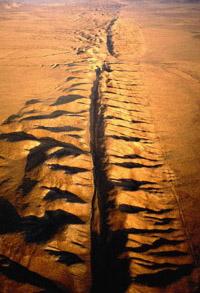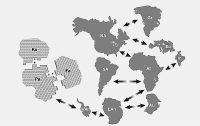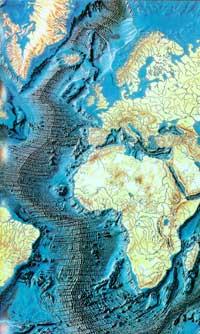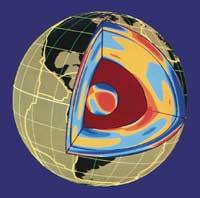What is the continental drift engine?
2001/01/15 Carton Virto, Eider - Elhuyar Zientzia
Alfred Wegener proposed in 1912 the theory of continental drift and revolutionized scientists. Although it is fully accepted today, until the 1960s there were great debates on theory. However, a question has not yet received an answer: What is it that guides the movement of the plates?

The scientific community is divided into two groups. Some believe that the plate guides the convections of the mantle, that is, the molten material of the mantle rises, solidifies near the surface and when solidifying becomes denser and sinks. This process pushes the plates to subduction zones (meeting zones with other plates) and moves plates and continents.
The other group considers that the plates move by effect of the gravitational forces. The lightweight material that emerges from the ocean dorsal compresses the plates against the subduction zones. In them the materials are heavier and gravity attracts down.
Last December they wanted to recover the debate at the annual congress of the American Geophysical Association. In fact, if researchers can understand the dynamics of the Earth on a large scale, they will be able to build more accurate models of movements that occur on a small scale. Those that lead earthquakes and volcanic eruptions.
Of course, a unanimous agreement was not reached in the assembly. It is necessary to unify and compare the data of the different regions of the planet to see if the plates move mola. In addition, the data of a place bet for a theory and those of another place for the other. The development of the technique has endowed geophysics with powerful tools in recent years. From his hand will arrive the answer to the question raised at the beginning of the article, which can be halfway between both theories.

Gai honi buruzko eduki gehiago
Elhuyarrek garatutako teknologia






